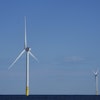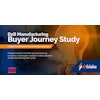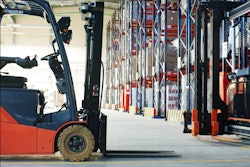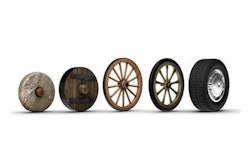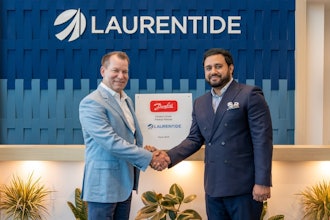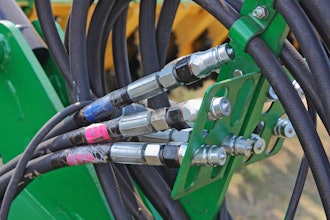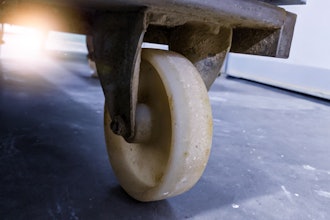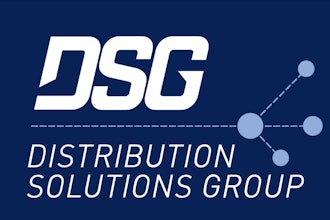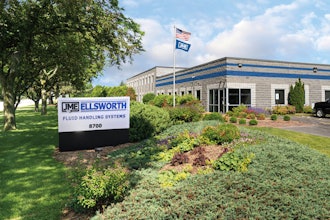When it comes to creating energy-efficient warehouses, many professionals may feel like they’re between a rock and a hard place. On the one hand, all evidence suggests that sustainable logistics practices like reconfiguring a distribution center network or building a LEED-certified facility can eventually yield huge dividends. On the other, many of the most potentially powerful are also some of the most expensive or difficult to execute, especially if your company is locked into longtime leasing or ownership agreements.
Thankfully, that doesn’t mean your operation can’t move forward with green efforts, because as the following examples demonstrate, there are several easy ways an existing facility can reduce its carbon footprint, too.
Optimizing industrial equipment flow
Even though their odometers measure hours rather than distances, forklifts cover a substantial number of miles, including many that are probably empty or redundant. By employing product slotting optimization programs, your company can substantially reduce the distances these hard-working pieces of equipment have to travel within your facility – and the related energy they consume. Another option is forklift task interleaving, a process that helps reconfigure the inefficient boomerang-like routes most forklifts follow into more circular, multi-stop ones that involve several productive tasks along the way.
Replacing or repairing dock doors
At its best, a dock door is your DC’s vital connection to tractor-trailers. At its worst, it’s an open invitation to substantial temperature loss and energy waste. To help maintain preferred temperature levels within your facility, consider switching to doors with higher levels of insulation and/or faster opening-and-closing speeds. In addition, keep the sealing around each door’s perimeter well-maintained, because even small breaches could contribute to significantly larger heating and cooling bills – and a more significant carbon footprint -- than you might expect.
Reducing idle time outside your operation
Whenever trucks routinely have to spend time idling outside of your DC because all of your docks are occupied, they’re not just burning daylight, they’re burning extra fuel. Advanced truck scheduling software can go a long way toward reducing these delays and the extra emissions they create. In a similar vein, don’t underestimate the positive impact of establishing a climate-controlled driver comfort station within your facility. This small but highly popular hospitality area will eliminate the need for drivers to remain in their trucks with their air or heat running while product is being loaded or unloaded.
Changing out lighting
In the past few years, much has already been said about how dramatically today’s fluorescent lighting technologies can reduce distribution centers’ related electricity requirements. But since the potential improvement (70 percent) is so high, it bears repeating. So does the fact that your company can continue to effectively chip away at its electric energy consumption with the help of motion sensors or timers that trigger lights — or heating and cooling systems — to operate at full capacity only when people are working in the vicinity.
Thinking outside the box
There are times when even the small changes mentioned here may not make good fiscal sense, at least not in the immediate future (Maybe your company is contemplating a move to another facility in the next year or two. Or perhaps it has put a temporary cap on capital improvements). Nevertheless, it’s still possible to ensure your facility is part of the sustainability solution rather than the sustainability problem simply by supporting other environmentally friendly initiatives that might be taking place throughout your company’s supply chain. These include improved load building, better modal selection, smarter routing and greater internal cooperation.
Just important, you can take the time to study up on various government and industry initiatives such as the U.S. Green Building Council’s LEED For Existing Buildings program and the EPA’s SmartWay Transport Partnership. In the process, you’ll become far better acquainted with some of the best practices being employed by companies like yours today so you can begin to map out a more sound green strategy for your operation tomorrow.
And rest assured: When it comes to sustainability, there definitely will be a tomorrow, because unlike some popular movements, the drive to be more sustainable is not a fleeting trend that you can hope to quietly ignore until the “next big thing” comes along. Like heightened cargo security and high shipping visibility, the need for eco-friendliness is here to stay.
Jose Gonzalez, PMP, SAPM, is Head Of CLS Product Management, North America, for APL Logistics, a global supply chain specialist for companies in the industrials, automotive, consumer and retail sectors.



